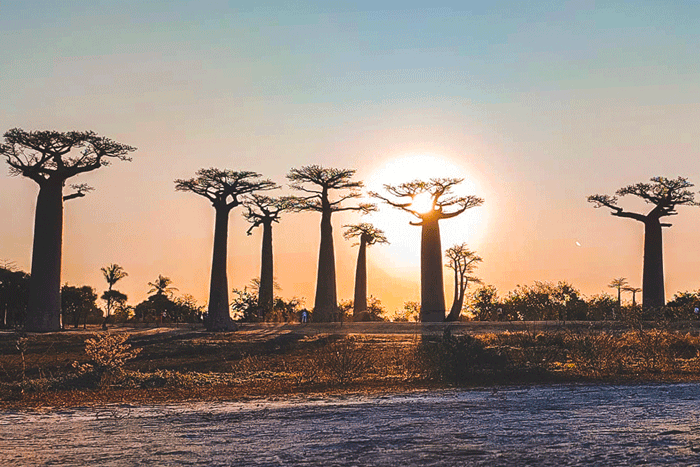The Makay Massif: An Essential Experience
Life wears us down, routine suffocates us, turning us into robots day by day. And why?Because we no longer dedicate time to ourselves and our loved ones. Breaking away from these routines occasionally makes us feel alive: taking a breath of fresh air, changing scenery or landscape, and sharing beautiful moments with family. There are many places in the world that can help us reinvigorate our being with life, like Makay.
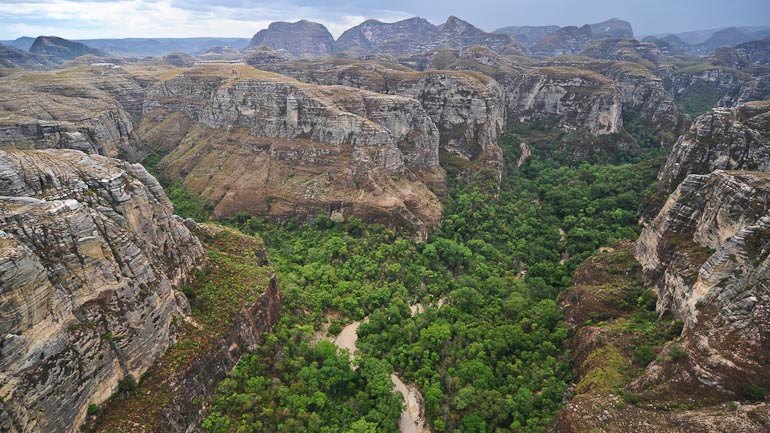
What is Makay?
Makay is a vast expanse of mountain range located in the South-West region of Madagascar. It stands as one of nature’s sculptures on the Malagasy soil. This terrain covers an area of about 4000 km²: stretching 150 km in length along the length of the island, that is, from north to south, and 40 km in width from west to east, bordered by Beroroha, Mangoky, and Mahabo. Makay is a neighbor to Isalo, situated just a few kilometers away. But the massif isn’t the only attraction of this locality, as it is comprised of unique fauna and flora. This has enabled it to be listed among the protected areas in 2017. Here, you can find everything: plants, rare animals, and especially, a chain of small mountains crafted by nature.
Why visit Makay?
There are several benefits to visiting Makay. The primary reasons include relaxation and sport. Wandering through the heart of Makay requires a certain level of physical effort as it involves walking and possibly, some light climbing. However, this does not detract from the relaxation since walking is part of the adventure, and without it, one might miss some details. And if the rugged little mountains don’t interest you, there’s always its biodiversity, which is both varied and unique. Indeed, you can find various plant and animal species in the massif. A special bonus is that some species are endemic to Madagascar and even to Makay, meaning they cannot be found anywhere else. The visit and the walk are worth it because the reward is more than remarkable.
At one point, Makay’s existence was threatened by human activities. And even though it is now one of Madagascar’s protected areas, the risks still linger. We do not wish harm upon this magnificent landscape, but we must enjoy it while we have the chance to experience its inhabitants, namely the forest, the animals, and the massif itself. Visit Makay while it is still rich in resources, before its biodiversity richness vanishes.
What truly makes Makay attractive?
The first highlight is the massif itself. The rock composition, eroded by time and water, has given birth to passable galleries and crevasses forming a true labyrinth. It offers an opportunity to engage in a sort of “escape game” or adventure game while marveling at Mother Nature’s artwork. Getting lost for a few hours in this vast maze can help one rediscover their smile and joy of life. One can be fascinated by the textures drawn by the flow of spring and rainwater. Compared to the Isalo massif, Makay’s peaks are less sharp but more rugged, with summits offering superb views. Its canyons are narrower than those of Isalo. The nature of this expanse makes it a true life-sized training ground that can exercise the whole body. For thrill-seekers, some cliffs can serve as climbing walls (while respecting the guides’ instructions, of course).
The second highlight is the vegetation. The Makay massif is covered by a humid tropical forest that harbors plants that can be used for medicinal purposes, which the local population indeed utilizes. There is also a specific type of forest, the dry forest, notably comprising Tamarindus indicus, known as the Tamarind tree, and Commiphora, a spiny ficus of Malagasy, Senegalese, and Indian origin. In addition to these plant types, one can encounter and admire the Pandanus, a plant with a trunk more or less uniform in size from top to bottom, somewhat resembling a coconut tree.
The third and last, but certainly not least, highlight is the inhabitants of this paradisiacal kingdom, the animals. The major species and the biggest draw are the lemurs. This region of Madagascar is a playground for lemurs. Makay is home to about a dozen species, perhaps even more. The ring-tailed lemur or Lemur catta, the emblematic figure of Madagascar, is the first species we can mention. It might be hard to find in the Makay massif, but with a bit of luck, one might spot them. Mirza coquereli is a tiny lemur that is endemic to Madagascar; in this same family, which includes the mouse lemurs, there’s the Microcebus murinus, the largest of this family. These are nocturnal lemurs, easy to observe, but one must wait until nightfall if they really want to see them in action. There are many more species, both diurnal and nocturnal. Here are five, the rest should remain a mystery so that the discovery remains complete: Microcebus griseorufus, Propithecus verreauxi, Daubentonia madagascariensis, Hapalemur griseus ranomafanensis, and Phaner pallescens.
What you need and must know before visiting Makay
From north to south, from east to west, the regions of Madagascar have their prohibitions and taboos, and Makay is no exception. All visitors have their beliefs and cultures, but it is recommended to follow those of Makay. The first prohibition, which is common to similar sites in Madagascar, involves pork; one must not walk through the heart of Makay with pork meat or other pork-derived products.
Eating pork the night before crossing Makay, outside of it, is not forbidden. However, one should not carry items that have been in contact with pork. This is the major restriction; the rest of the prohibitions can be mentioned before the visit, and one can also inquire with the locals for more minor taboos.
The mention of taboos is not intended to scare but to ensure that the visit goes smoothly. The goal is for visitors to leave with the same perspective they had before the visit began: to relax and have a good time.
Need assistance?
Do not hesitate to contact our Madagascar specialists
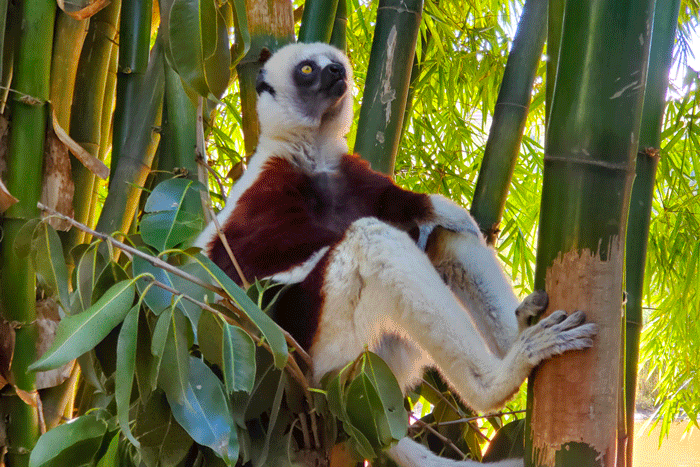
Lemurs Meeting
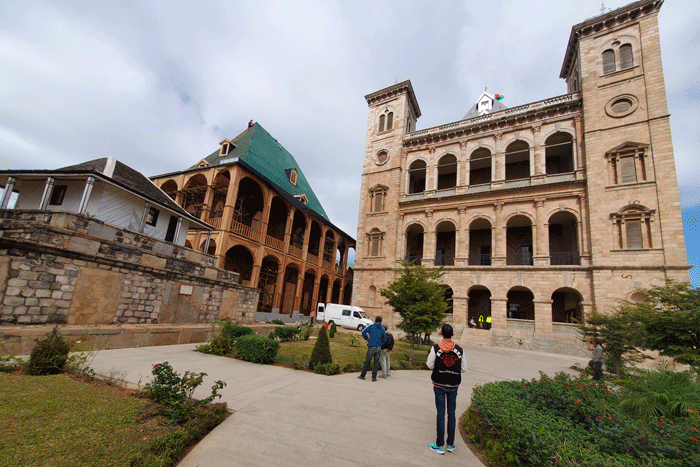
Antananarivo day tour
Other travel guides that may help you

Madagascar's lemurs
Lemurs are primates found only in Madagascar. They are distinguished by their large, expressive eyes.
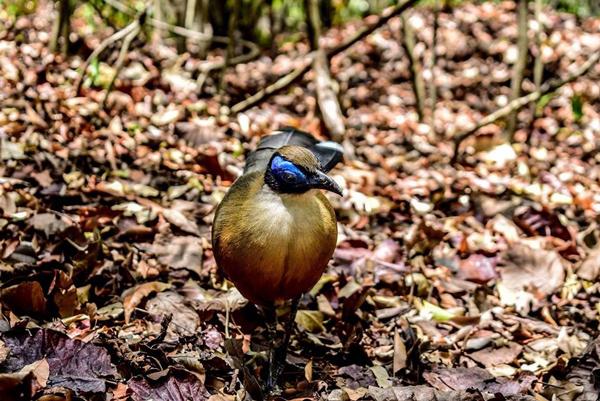
Madagascar's birds
Madagascar is home to more than 280 species of birds, although not as many as in other countries.
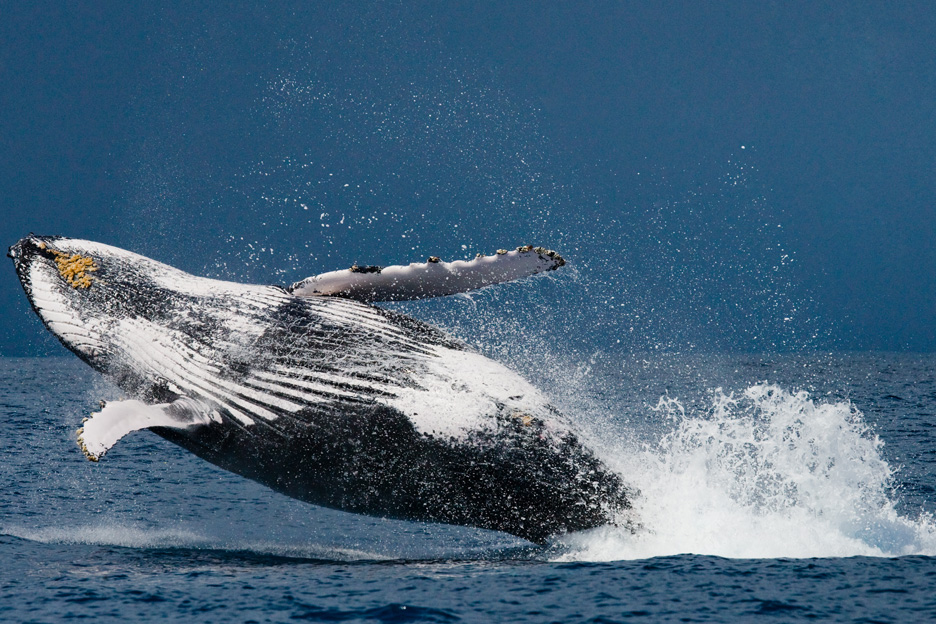
Whale watching
One of the island’s most emblematic phenomena, blending nature and culture.

